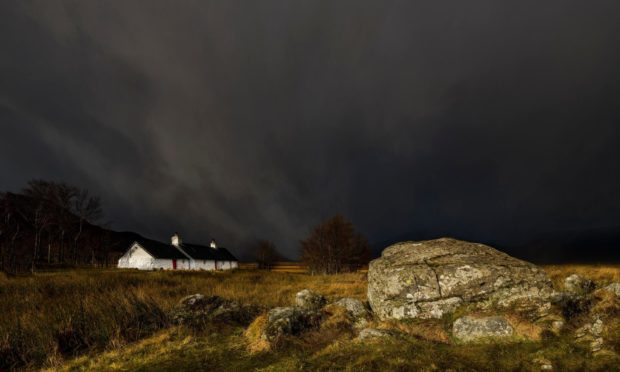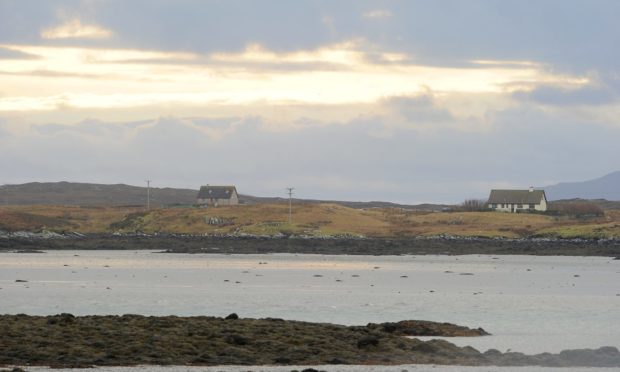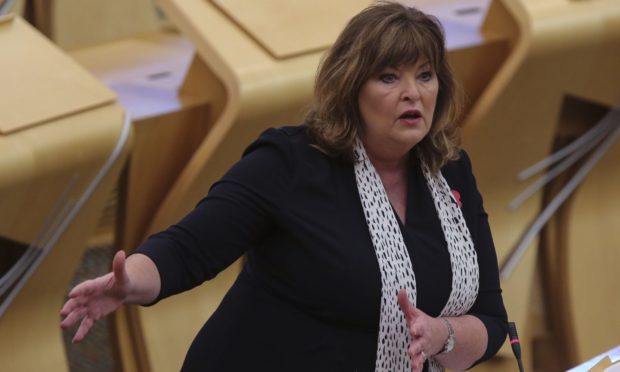Tackling Scotland’s population challenges involves dealing with both modern trends and the weight of history. For many years we were a country that people left through enforced clearances or, latterly, to pursue opportunities elsewhere.
Between 1825 and 1938 more than 2.3 million Scots moved overseas. This has now changed. Our population stands at a record 5.46 million and is predicted to increase for the next two decades, but new trends confront us.
We are living longer – which is a positive development – but our birth rate is declining sharply, while events of the past 12 months add a further layer of uncertainty. If Scotland is facing a classic demographic time bomb, then Brexit and potentially coronavirus threaten to shorten the fuse.
On Monday the Scottish Government will publish its proposals for addressing these issues.
Our report, A Scotland for the Future, will assess the challenges, look at the long-term changes we need to make and outline ways that organisations can work together, locally, nationally and internationally, to deliver them.
It will also suggest actions that can be taken now to begin making a difference, including continuing to press the UK Government to adapt its migration policies to address Scotland’s unique needs.
The issue is important and pressing. Economically, having a sustainable and growing workforce is necessary to attract employers, maintain public services and pay taxes.
In 2019 the Scottish Fiscal Commission warned that it expected Scottish GDP to rise significantly more slowly than in the UK as a whole, primarily because of slower population growth.
It is too soon to know what the pandemic’s long-term impact might be.”
Our birth rate is slowing dramatically, with mums having on average 2.5 children in 1971, falling to a record low of 1.37 in 2019, compared to the England and Wales average of 1.65. For a population to grow, the fertility rate needs to be 2.1.
It is too soon to know what the pandemic’s long-term impact might be, but early evidence from several European countries suggests it has had a significant impact on people’s plans to have children.
Consequently, all Scotland’s population growth over the next 20 years is set to be generated by inward migration. However, the ending of free movement from the EU risks disrupting that projection, with the Expert Advisory Group on Migration and Population predicting that the UK Government’s post-Brexit immigration system could reduce annual overseas net migration to Scotland – which stood at 30,200 in 2019 – by up to a half, leading to a reduction in our working-age population of 3% to 5%.
So the challenges are clear, but I am optimistic about the future. Monday’s report will detail a range of opportunities to begin reversing these trends by changing the way we work, developing family-friendly policies and promoting Scotland as a vibrant place to live.
‘A Scotland for the future’
It will also look at how we can encourage a more sustainable population pattern, with fewer people concentrated around cities.
It is entirely appropriate that I will be launching A Scotland for the Future at a meeting of the Convention of the Highlands and Islands. The region has traditionally suffered from depopulation but it has also led the way in developing novel solutions, with 70 per cent of people in the Western Isles now living on community-owned land and using the power that provides to drive positive change.
The West Harris Trust, for instance, has overseen the construction of affordable housing, offices and community facilities, increasing the population of the area from 119 in 2012 to 143 by the end of 2017. This is an example of what can be achieved with ambition and innovative thinking.
A Scotland for the Future is a national response to a national problem and the start of a long-term process to create a thriving and sustainable Scotland for future generations.
Fiona Hyslop is the Scottish Government’s Cabinet Secretary for Economy, Fair Work and Culture.


